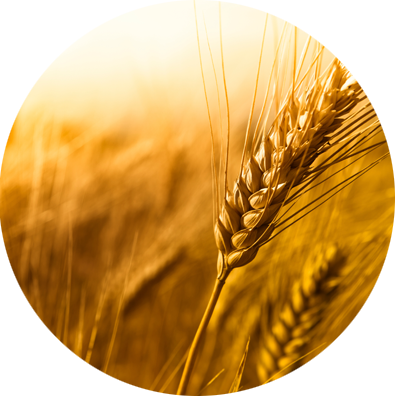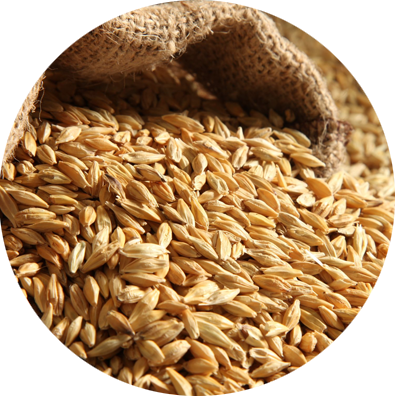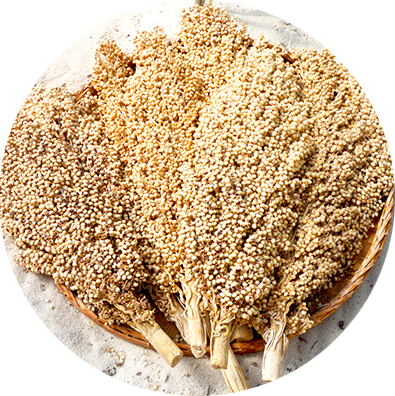A cereal is any true grass cultivated for the edible components of its grain (botanically, a type of fruit called a caryopsis), composed of the endosperm, germ, and bran. Cereal grains are grown in greater quantities and provide more food energy worldwide than any other type of crop.

Wheat
Wheat is a cereal grain that people can eat. Now it is cultivated worldwide. World trade in wheat is greater than for all other crops combined. Globally, wheat is the leading source of protein in human food. It has higher protein content than other major cereals such as maize (corn) or rice.
View Details
Millet
Millets are a group of highly variable small-seeded grasses, widely grown around the world as cereal crops or grains for fodder and human food. Millets are important crops in the semiarid tropics of Asia and Africa, with 97% of millet production in developing countries. The crop is favored due to its productivity and short growing season under dry, high-temperature conditions.
View Details
Maize
Maize known in some English-speaking countries as corn is a large grain plant domesticated by indigenous peoples in Mesoamerica in prehistoric times. The leafy stalk produces ears which contain the grain, which are seeds called kernels. Introduced into Africa by the Portuguese in the 16th century, maize has become Africa's most important staple food crop.
View Details
Barley
Barley (Hordeumvulgare L.), a member of the grass family, is a major cereal grain. It was one of the first cultivated grains and is now grown widely. Barley grain is a staple in Tibetan cuisine and was eaten widely by peasants in Medieval Europe. Barley has also been used as animal fodder, as a source of fermentable material
View Details
Sorghum
Sorghum is a genus of plants in the grass family. Most species are native to Australia, with some extending to Africa, Asia, Mesoamerica, and certain islands in the Indian and Pacific Oceans. One species is grown for grain, while many others are used as fodder plants, either intentionally cultivated or allowed to grow naturally, inpasture lands.
View Details